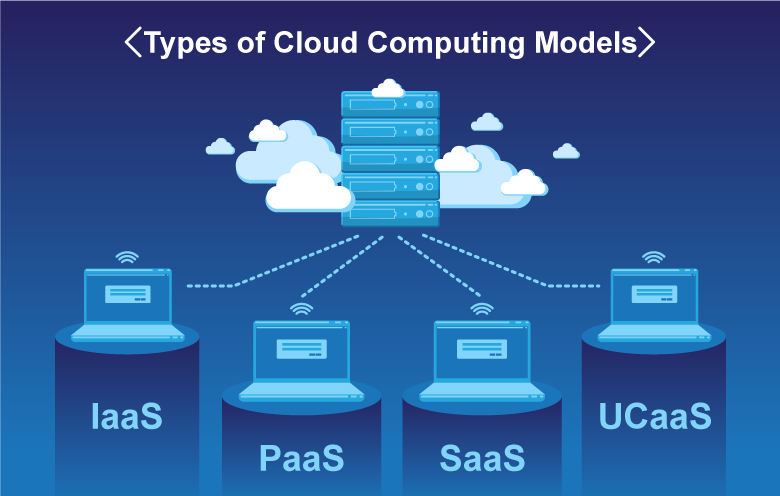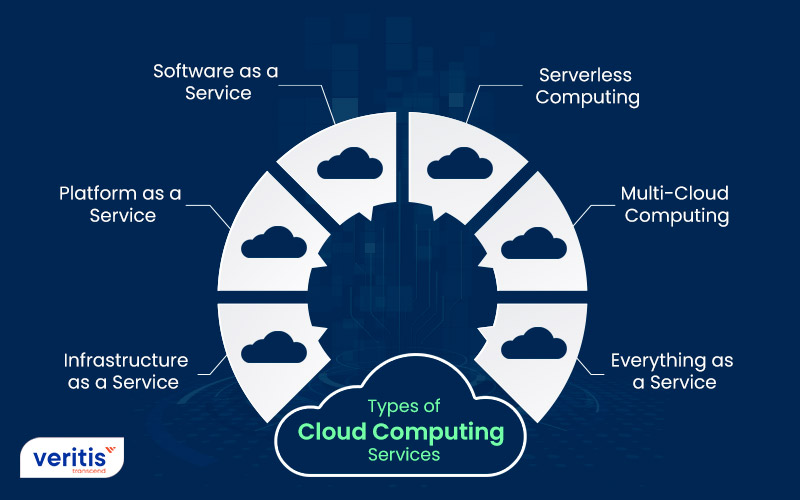Universal Cloud Service: Reliable Data Storage and Administration Solutions
Universal Cloud Service: Reliable Data Storage and Administration Solutions
Blog Article
Drive Development: Utilizing the Power of Cloud Services
In the hectic landscape of contemporary business, taking advantage of the power of cloud services has actually ended up being a vital aspect for organizations aiming to drive innovation and keep an one-upmanship. The ability to range sources dynamically, adopt innovative innovations seamlessly, and enhance advancement procedures successfully can dramatically influence an organization's ability to innovate and adjust. As we explore the complex partnership in between cloud services and innovation, interesting understandings on just how cloud services revolutionize traditional service techniques and lead the way for groundbreaking improvements will certainly be disclosed.
Advantages of Cloud Provider
Cloud services provide various benefits to services and individuals looking for flexible and efficient options for their digital requirements. Among the essential benefits of using cloud services is the cost-effectiveness they give. By transferring to the cloud, organizations can get rid of the demand for pricey on-premises equipment and maintenance costs, rather choosing a pay-as-you-go version that straightens with use. This scalability allows companies to change sources based on demand, resulting in optimal cost monitoring.
In addition, cloud services boost accessibility and cooperation amongst teams. With data kept in the cloud, staff members can securely access data and applications from anywhere with a web connection, advertising remote work capabilities and boosting productivity. Real-time cooperation functions allow multiple users to work with files simultaneously, cultivating smooth synergy no matter physical place.
Another benefit of cloud solutions is the improved information security and catastrophe healing they offer. Cloud providers carry out innovative security procedures to secure information from cyber dangers, guaranteeing compliance with industry regulations. Furthermore, automatic back-ups and recuperation solutions minimize the danger of data loss due to unpredicted occasions, offering assurance to users.
Cloud Movement Approaches
Transitioning to cloud services includes meticulous planning and tactical execution to ensure a smooth and effective movement procedure. There are several cloud migration methods that organizations can think about when moving their operations to the cloud. One common strategy is the 'Rehost' approach, where applications are lifted and changed to the cloud with marginal modifications. This method is fast however may not fully optimize cloud benefits. The 'Replatform' method involves making some cloud optimizations during movement, such as updating the application architecture to benefit from cloud-native attributes. universal cloud Service. For an extra thorough transformation, the 'Refactor' technique involves rearchitecting applications to be cloud-native, boosting scalability and efficiency. In addition, the 'Repurchase' strategy involves changing existing software application with cloud-based choices, while the 'Retire' strategy entails decommissioning redundant applications. Picking the appropriate migration strategy depends on factors like cost, timeline, and wanted outcomes, requiring a mindful assessment of each choice's advantages and difficulties.
Enhancing Collaboration in the Cloud
Enhancing team cooperation with cloud-based devices can significantly enhance productivity and simplify communication within companies. By leveraging cloud services, teams can interact flawlessly no matter their physical places, allowing real-time collaboration on projects. Cloud-based interaction devices such as Slack, Microsoft Teams, or Google Workspace offer a central platform for staff member to share files, exchange concepts, and coordinate jobs effectively. These devices supply functions like instant messaging, video clip conferencing, file sharing, and project administration, improving team effort and lowering dependence on typical communication methods like emails.

Protection Factors To Consider for Cloud Adoption
Exactly how can companies guarantee the robust safety and security of their data when taking on cloud services? Protection factors to consider are vital in the adoption of cloud solutions. To secure data, organizations need to initially carry out an extensive threat evaluation to recognize prospective vulnerabilities and hazards. Carrying out solid encryption methods for data both in transit and at remainder is crucial. Access control devices ought to be implemented to restrict unauthorized access, and multi-factor verification can add an added layer of protection. Regular security audits and look at this now surveillance of the cloud setting help in finding and minimizing any safety and security breaches immediately.

Cloud-Native Advancement Practices
In the world of cloud computing, accepting cloud-native advancement techniques is important for companies aiming to optimize their electronic infrastructure and enhance operational effectiveness. Cloud-native technology methods entail creating applications particularly for cloud atmospheres, leveraging the scalability, versatility, and dexterity that cloud services supply. By creating applications with cloud-native principles in mind, such as microservices architecture, containerization, and orchestration, companies can improve their advancement processes, enhance source application, and respond better to transforming market demands.
Furthermore, cloud-native advancement methods advertise constant assimilation and constant distribution (CI/CD) pipelines, enabling automated testing, implementation, and surveillance of applications. This repetitive approach promotes faster development cycles and enhances general software top quality. Additionally, the use of serverless computer and handled services allows companies to concentrate on creating core service functionalities while unloading facilities management tasks to shadow provider.
Fundamentally, accepting cloud-native technology methods encourages companies to drive development, increase time-to-market, and stay affordable in today's rapidly progressing digital landscape.
Conclusion

As we check out the detailed relationship in between cloud solutions and development, interesting insights on how cloud solutions revolutionize conventional organization techniques and lead the means for groundbreaking innovations will certainly be disclosed. - check these guys out Cloud Services
There are several cloud movement methods that organizations can think about when moving their operations to the cloud. Cloud-native advancement techniques include creating applications specifically for cloud atmospheres, leveraging the scalability, adaptability, and dexterity that cloud solutions get more offer. In addition, the usage of serverless computing and managed solutions allows companies to concentrate on establishing core service capabilities while offloading framework management jobs to shadow solution suppliers.
It is important for companies to take into consideration cloud movement strategies, boost cooperation in the cloud, and prioritize safety and security procedures to make sure successful adoption of cloud services and drive development within their organization.
Report this page